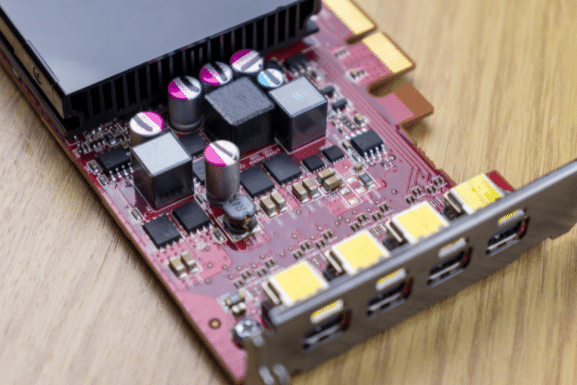You’ll hear a lot about “4K gaming” on new high-end monitors, as well as the emergence of more inexpensive 1440p (2,560-by-1,440-pixel) screens if you visit gaming and hardware sites. If you spend enough time in such areas, you’ll come to believe that high-resolution gaming and costly, monster video cards are the norm in the PC gaming industry.
Not at all! Sure, they are significant, and yes, they are the future—when they become significantly less expensive. Most PC gamers will continue to prefer playing at 1,920 by 1,080 pixels (a.k.a. 1080p, or “full HD”) for the foreseeable future.
Today, 1080p monitors are affordable—you can buy several for about $100—and even a midrange video card can run the newest games at a silky-smooth frame rate on one of these displays. According to the findings of the most recent Steam Hardware Survey, 1080p is still by far the most popular native display resolution for PC gamers on the service, outranking all other resolutions combined.
What to Look for in a 1080p Card: Purchasing Fundamentals
At the time of writing, most cards that are “good enough” for 1080p gaming cost between $100 and $300. Even more expensive cards will suffice. However, the more you go beyond $300, the more you’ve entered the overkill area for most games. The following are the main elements by best gaming tips at play.

Is There Enough Video Memory?
The quantity of graphics memory (or video RAM) aboard your video card has a direct impact on the resolution at which you can game and the detail levels that are available. The graphics processing unit (often referred to as the “GPU”) on the card also determines how effectively you can run a certain game at certain settings. Consider the visual memory as a highway that allows the GPU to work its magic without being clogged.
The GPU will be restricted if there isn’t enough video memory, and it won’t be able to operate to its full capacity. The reason for this is that the video card compresses all of the pixels while they are in memory. As a result, the more data that is necessary to manage it efficiently, whether for a certain resolution or to display greater information in a game, the more memory is required. That’s why high-end video cards have more on-board memory; more of it is required to manage all the pixels that are used to produce games at greater resolutions and detail levels.

What kind of ports does my graphics card require?
All of today’s graphics cards’ standard outputs (VGA, DVI, HDMI, and DisplayPort) support 1080p resolution. In most situations, all you need to do is choose a card with a port that matches the one on your monitor. It isn’t until resolutions greater than 1080p are reached that some interfaces, such as VGA and earlier versions of HDMI, begin to fall short of their potential.

So, which card should you get for 1080p gaming?
For a fair indication of the frame rates, you may expect in games you could play, check out our in-depth evaluations of specific cards below. We put new titles to the test as well as some old favorites. Also, check out our roundup of the best graphics cards for our recommendations for the best overall video cards; the best graphics cards for 4K gaming (3,840 by 2,160 pixels); and the best graphics cards for compact PCs if you have a small-form-factor desktop.
